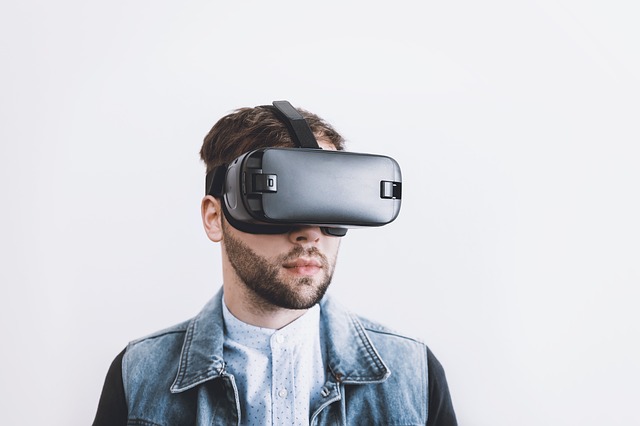Technology has certainly changed the way real estate professionals conduct business. Potential buyers have access to more information than ever—even before making an initial contact with a real estate agent. While some initially feared this technology, others began to actually realize it was serving to screen prospects and allow agents to use their time much more efficiently. Buyers appreciate having access to so much more information on their own.
Today, technology continues to develop, making it more accessible and affordable than ever for agencies of all sizes. One significant area of growth is in 360 degree video and virtual reality. It is literally changing the way homes are being purchased.
Although many use the terms interchangeably, there are some subtle, and not so subtle differences between what is referred to as 3D, 360 degree video and virtual reality. While 360 degree video gives viewers a full look at the space being featured, it doesn’ really provide any depth of field perception. On the other hand, 3D video and virtual reality provide a more immersive experience, allowing the viewer to not only look around but move through spaces and rooms. Any of the three are arguably far superior to the flat, 2D images that have been a mainstay in the industry.
Advantages of 360 Degree Video and Virtual Reality
Virtual reality and 360 degree video offer a number of advantages to both buyers and agents.
- Buyers Don’t Have to Travel to “See” a Property – This is a tremendous advantage for foreign and out-of-state investors and buyers. Instead of the time and expense of traveling, buyers can experience a walk-through from wherever they are located.
- Properties are Self-Screened by Prospects – With 360 degree videos, buyers have a much better opportunity to screen in and screen out properties. Rather than relying on two dimension images or videos, prospects get a much better sense of the “feel” of the property, including interior and exterior space and view. Drone technology can provide even more dramatic views of the space, especially for larger estates and high rises.
- Buyers Can View More Properties More Efficiently – The simple fact in showing a property takes significant time. With virtual reality, prospects can view more properties in more areas quicker and more efficiently. This allows agents to present properties in multiple locations without having to be concerned about driving distance.
- No Appointments Necessary – Now, agents can take the next step in “showing” a property without having to schedule an appointment and inconvenience the sellers. This is a win-win-win for buyers, sellers, and agents.
- Marketing Advantage for Brokers – Having the capability to show properties in virtual reality is a competitive advantage for brokers, especially for those who specialize in higher-end properties. In addition, brokers can brand their videos with additional information about the property, logos and contact information. It is also a superb opportunity to link to social media or to email to prospective clients who may have an interest.
The End of Open Houses?
Few are predicting the growth of virtual reality in real estate will bring an end to open houses. Open houses, after all, still provide an opportunity for agents to reach new prospects and for buyers to get a “feel” for a property in person. It may, however, increase the quality of those attending open houses in terms of their interest in a property. It may also reduce the frequency of open houses. It certainly will mean that those requesting an in-person tour of a property after viewing it in VR will have a deeper interest.
Changing the Transaction Process
When one considers how virtual reality may change the home buying process, it can help to be reminded it wasn’t that long ago some consumers couldn’t imagine buying clothing online without trying it on. It wasn’t too long ago there were skeptics who said no-one would ever buy an expensive diamond online without seeing it in person first. Today, consumers are buying cars online and having them delivered to their homes without a test drive. Ease, convenience, and efficiency are stronger than ever marketing forces and they are now playing a larger role in real estate.
This newer immersive technology will impact how people buy homes in multiple ways.
- It adds a new layer to the qualification process – Now, beyond just reading about a property, seeing images or even going on a drive-by, prospects can include or eliminate a property from their wish list based on this closer look.
- Its appeal will expand – While initially attractive for investors, higher-end properties and for those out of state who may not have time to arrange viewing a property in person, the appeal of virtual reality will expand to include more “standard” sales.
- Expectations will increase – While initially reserved for higher-end properties or as an option, virtual reality will become expected by both buyers and sellers. Those who put themselves in a position to provide it will be in the best position moving forward.
Some larger real estate firms are already purchasing equipment and in some cases, hiring specialized personnel to provide virtual reality and 360 degree videos for their buyers and sellers. Small organizations can hire outside contractors on a case-by-case basis. These changes, along with the ability to sign papers and “close” online may be leading us to a more streamlined real estate purchase process.
At first, these features were considered to be a fad by some in the industry. Now, the question is: How quickly will they advance, and what innovations or improvements remain to be seen?





